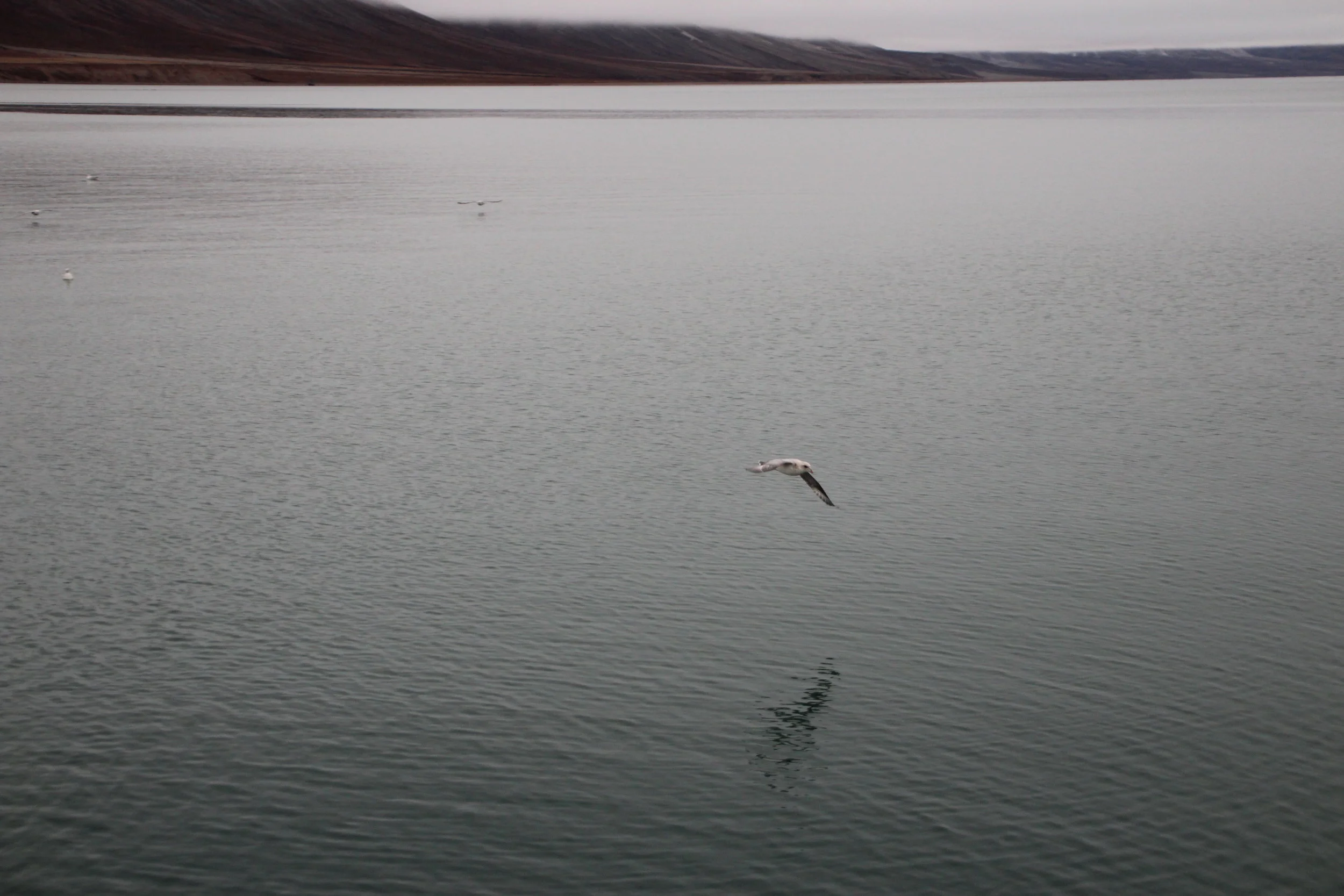Plastic pollution is of worldwide concern. However, international commercial advances into the Arctic are occurring without knowledge of the existing threat posed to the local marine environment by plastic litter. The Arctic is currently an area of low human impact (Halpern et al. 2008), however, the global plastic industry is continuously expanding (Plastics Europe 2013), the use of disposable plastic products persists (WRAP 2014), and it is likely that the already significant amounts of plastic litter entering the marine environment will increase (Law and Thompson 2014).
A study by Alice M Trevail et al. at the Norwegian Polar Institute in 2014 quantify plastic ingestion by the Northern Fulmars (Fulmarus glacialis) from Svalbard. Theyfound that of 40 individuals, 87.5% had ingested plastic, averaging at 0.08g or 15.3 pieces per individual. Plastic ingestion levels in Svalbard thereby exceed the ecological quality objective defined by OSPAR for European seas (Heslenfeld et al. 2009).
Northern fulmars are entirely oceanic feeders, and omnivorous foraging behaviour renders them particularly vulnerable to plastic ingestion (Van Franeker et al. 2011). Fulmars tend not to regurgitate hard prey items, but they remain in the muscular stomach until they are broken down to a size that can pass through the gut. Therefore, stomach plastic contents represent a recent period prior to death, and thus plastic pollution in the local area (Van Franeker et al. 2011). Ingestion of plastic debris has direct negative effects on seabirds, such as internal wounds and blockage of the digestive tract (Gregory 2009), as well as causing secondary stress (Sievert and Sileo 1993; Auman et al. 1998)
The high levels of ingested plastic observed in Svalbard not only highlight the risk to seabirds from plastic pollution, but may also be a considered as a general warning of effects of plastic litter in the Arctic.











